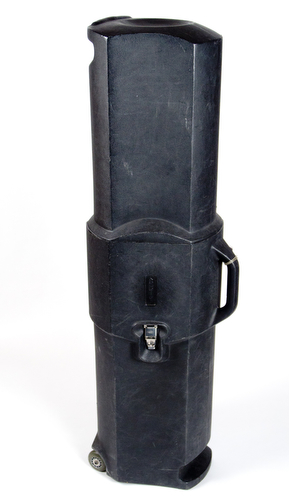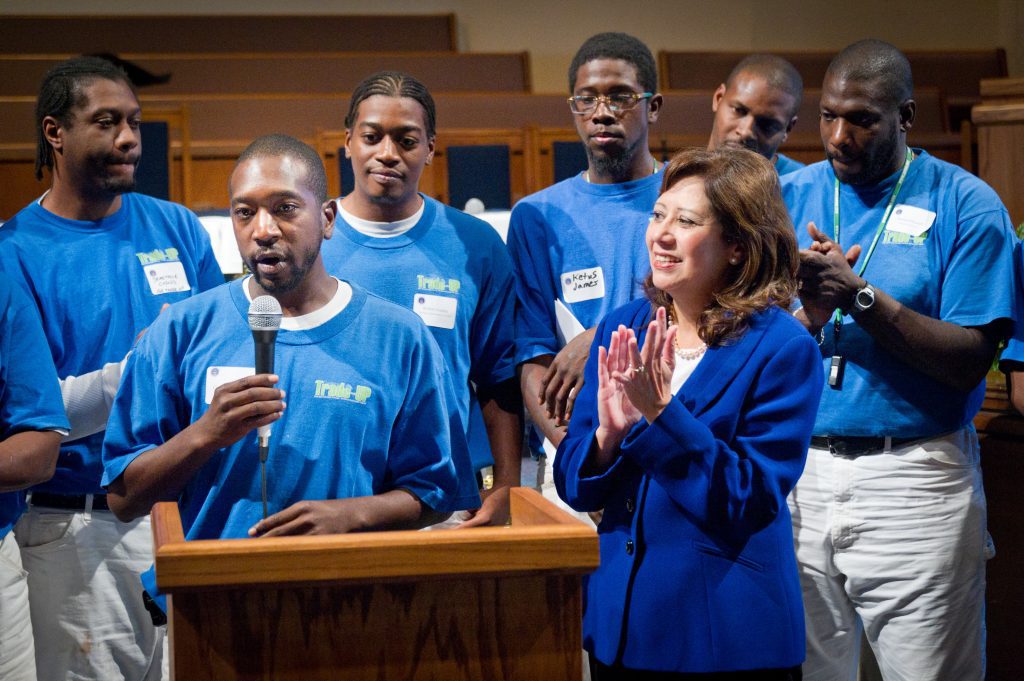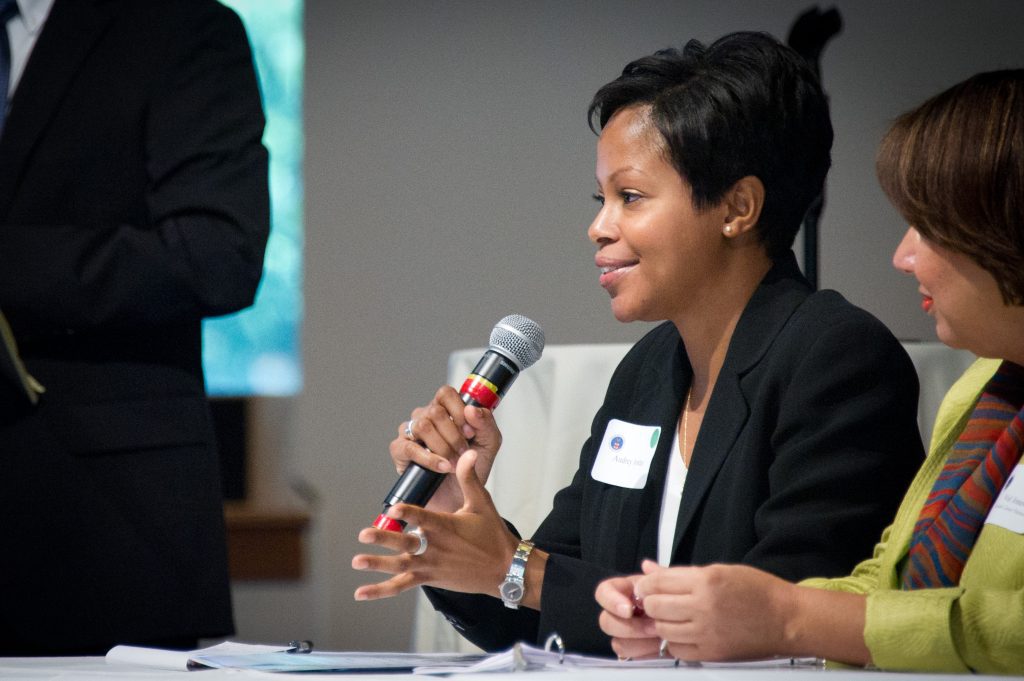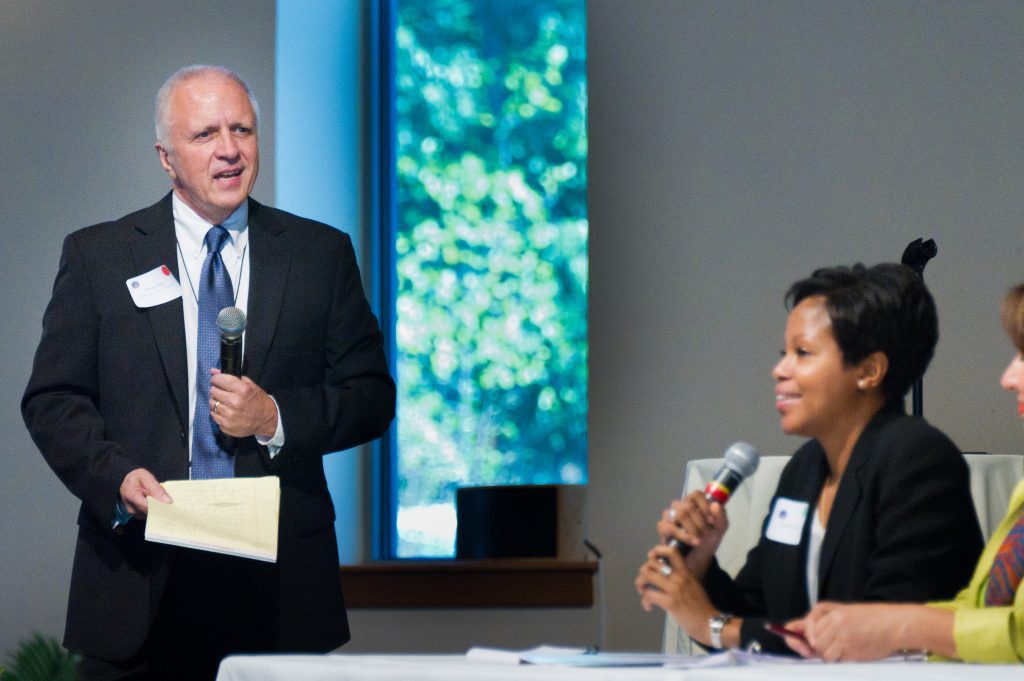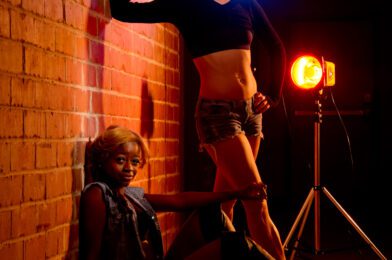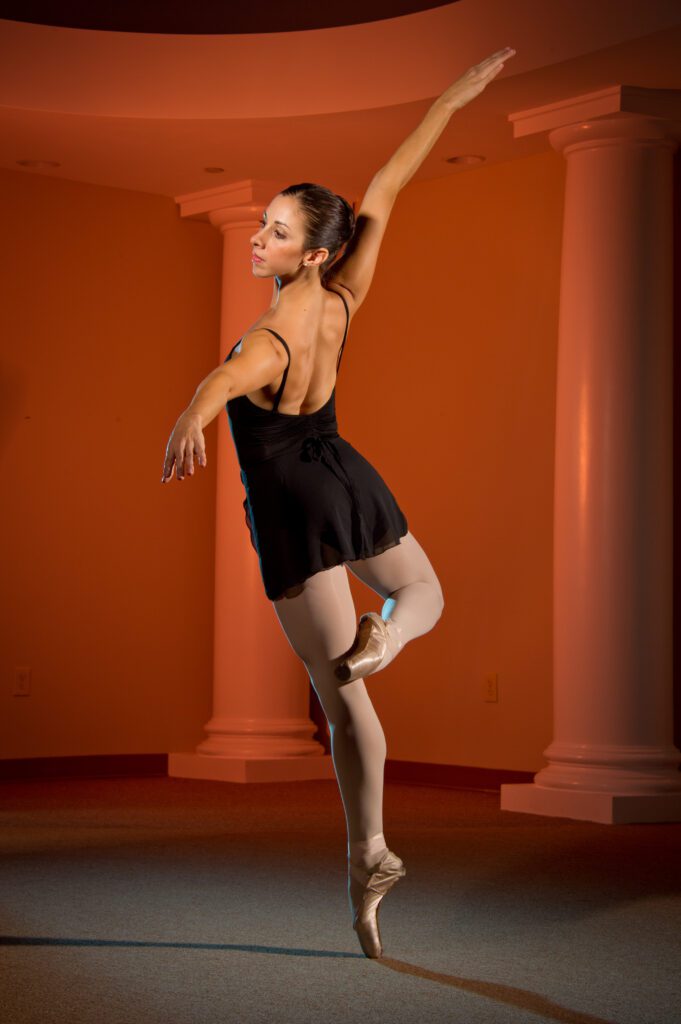 |
| Taylor Made Burner Driver |
The professional golfer started by learning the golf swing with one club. It was most likely the 5-iron that they started with. When you hit a golf ball with the 5-iron the ball is in the middle of your feet and just out in front of your body at the comfortable distance where the club will meet it when your swing is proper.
Many who start playing begin with a starter set of clubs. Instead of carrying the 14 club limit they do on the PGA tour they carry half as many clubs. The reason is simple, before you run you have to walk. You need to get down the mechanics of the golf swing and then learn to slow it down, change your stance for different club lengths and how to make the ball not just go straight but left or right.
 |
| Tour Edge Bazooka HT Max Irons |
The professional photographer starts out with a simple camera and learns how to master the mechanics of camera. When I started many were told to get a simple 50mm lens and basic camera that was totally manual only. They don’t make this type of camera anymore for the digital era.
I learned over time how to make my shots just like the professional golfer. If I wanted to do something different, just like the golfer, I learned how to manipulate the camera to get the results I was looking for in my shot.
 |
| My golf bag |
The professional golfer who is leading a tournament is the one who is consistently playing. The difference between those at the top and the others is what goes on in their head. The leaders are calm and thinking level headed about their game. They may have a bad drive, but they are able to step up on the next shot and recover. The amateur golfer often is still thinking about what they did wrong and unable to concentrate on the shot at hand.
The professional photographer who makes their shots consistently is doing it with what goes on in their head.
You can give an average set of clubs to a professional golfer and they will play better with them than most amateurs. A professional photographer can be given a point and shoot camera and most likely out perform the amateur for similar reasons. It isn’t the equipment that determines the professional but the knowledge in their heads that they put to use that makes them perform at the highest level of the game.
The pros do look for the best equipment that is made for them to perform at their best. While there are differences between golf clubs and cameras most at this level are very minuet and the major differences are more between the person using the equipment.
The professional photographer is best served by having a niche. This makes it easier to market and brand themselves. I like to think of this like starting to play golf, your niche is like learning the golf swing with the 5-iron.
It is much easier after establishing yourself in a market to add other services. Think of it like adding another club to the bag. You may start shooting weddings and a natural next step maybe portraits.
 |
| My camera bag I use most often for corporate work |
After shooting portraits on location at weddings you may then add the studio portrait to your bag. You get pretty confident with this and then step over to shooting executive portraits or maybe musical performers portraits for CDs and their promotional material.
Hopefully, you are starting to see its not the camera or the golf clubs that make you a pro, it is years of experience and perfecting the mechanics to make the shots you want to make. Over time you learn to remain calm, cool and collected in your thoughts, so you can make the shot. You know that it take all of your mind and heart to make great photos that keep the clients coming back for more.



